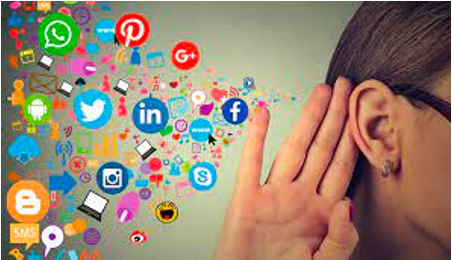As with clinical trials, regulatory submissions, pharmacovigilance, communicating with providers and patients, and monitoring social media for adverse events of drugs involves a large amount of information in the form of narratives. Large language models represent a quantum leap in the capabilities of NLP in analyzing and understanding unstructured information. This means good news for healthcare, where there is a lot of unstructured information ripe for analysis, especially when we actually clearly document that these improvements in capabilities are relevant to healthcare information. This is because unstructured healthcare information may be more difficult to analyze than most other sectors. That’s because clinical notes are non-standardized, contain acronyms, and other idiosyncrasies. So, even with generative AI we may not see the massive improvements in the output of these models that we might see in other sectors. But, we may!
In pharmacovigilance, huge amounts of structured and unstructured data need to be reviewed so that we can provide oversight. Machine learning and NLP models are allowing us to address many of the challenges that PV teams face when it comes to harnessing data to provide enhanced quality and oversight. These kinds of tools allow us to automate some of the highly manual processing tasks, and they can also translate and digitize documents on safety cases and adverse drug reactions (ADRs) to make them easier to use. They can also perform data listening tasks to monitor conversations on social media and other platforms, ensuring adverse events are promptly identified.
Also, the commercialization of life science solutions is an area that’s ripe for innovation with data, analytics, and AI. Novartis made headlines in 2019 when it armed its sales force with an AI-driven service to tell sales reps which doctors they should visit and what topics they should bring up once they got through the door. The COVID-19 pandemic meant that sales reps couldn’t see doctors face-to- face, and so many pharma companies switched their focus to AI in an effort to get their brands noticed by the right doctors at the right time. Applications for AI in the commercial side of life sciences include weeding out content that regulators would disapprove of and building relationships with patients. Generative AI means that the companies might even use machines to write promotional copy. Experts expect more drug makers to follow in the footsteps of other industries and to use AI to further boost their brands in the coming years as they figure out how to use patient and provider data in a way that allows for better commercial activities without violating privacy. This is all ever more possible with generative AI as it can create content personalized for each provider or patient based on their preferences based on available data.
Other key applications of AI in commercial life sciences include content creation, audience targeting, and compliance automation. Companies are already using AI tools to generate routine promotional material like personalized subject lines for emails. This allows for a truly one-to-one marketing program that’s scaled to an entire HCP or patient database.
Another promising use of AI, which is to review content to ensure it’s consistent with drug labeling and regulatory guidance. Using AI, errors can be found in marketing content earlier in the process, and as a result, companies can get that content out quicker. Just like other applications of AI in healthcare, it would be augmenting humans and not replacing them.






